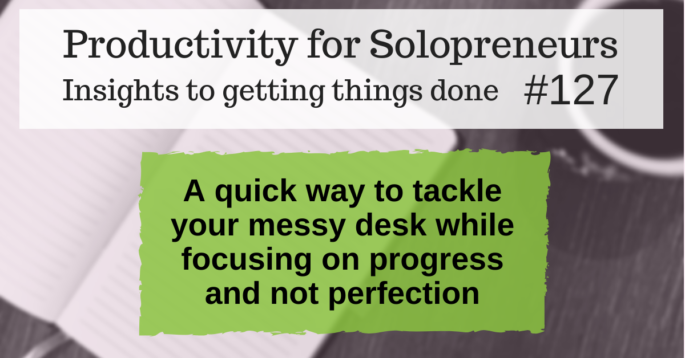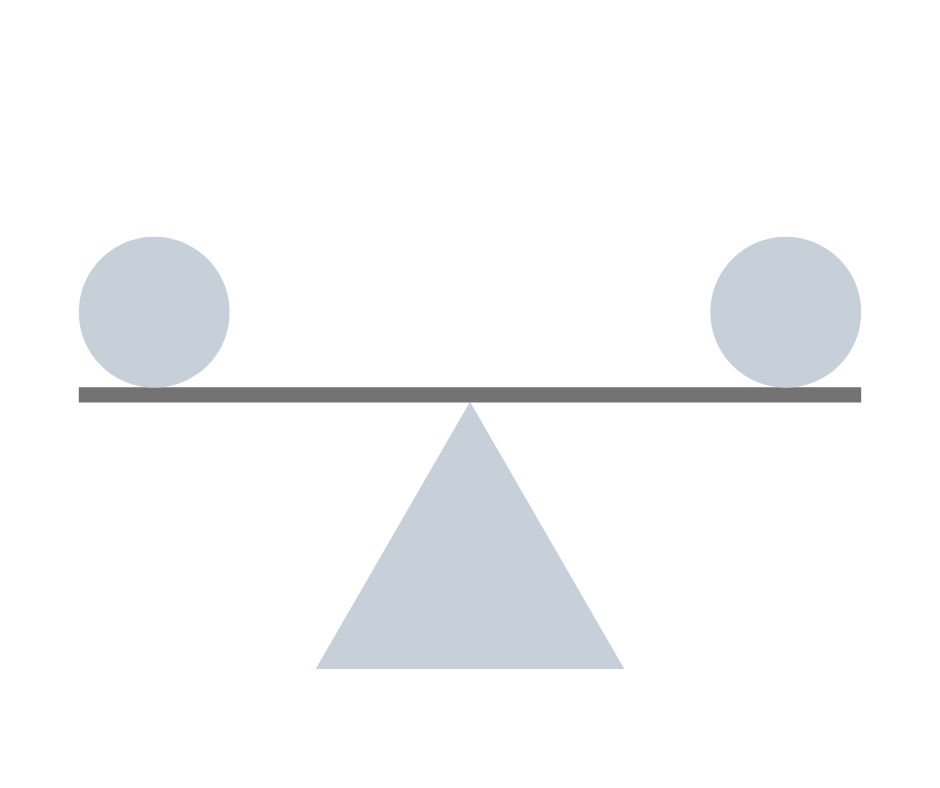Before we start, I want you to know that I’m not covering a typical productivity topic. However, this can negatively impact your productivity and the goals we set for ourselves.
I was talking with someone this morning and the state of her desk came up. She shared she was frustrated by the piles all over it.
We talked about this for a bit and I shared that when I was a kid, my mom referred to me as her “pile child.” She always knew where I had been sitting in the living room because I had a pile, or two, of what I had been working on near me.
We chatted a bit more and then I was asked: “do you have piles on your desk now?”
Yes. I have a couple of piles on my desk now.
The piles are receipts and credit card statements for this year that I haven’t processed and put away yet.
That’s generally what my pile is, one or two piles of bills, receipts, or statements that I haven’t put away yet.
I have three drafts in different states of completion on three different topics for this week’s article.
I’m not happy with any of them.
The message in them isn’t clear to me. They’re good starts, but I don’t know how to end them.
Last week I was talking with someone who shared that she felt unprepared when networking. Everyone else seems so together and confident.
I compared networking to those perfect Instagram pictures you see.
In those Instagram pictures, you feel like you’re getting a glimpse into someone’s perfect life.
What you don’t see is all the time it took to get their hair and makeup to look perfect. And in some cases, someone was hired to do their hair and makeup.
You don’t see how long it took to get that perfect picture.
You don’t see the screaming kids in the background, the stress and frustration, the things that went wrong, the things that they’re worried about, or their bank account numbers (sometimes they’re not anywhere near as healthy as they pretend).
You see what they want you to see.
Networking can be much the same.
You don’t see all the events they went to where they talked to no one.
You don’t see them taking a break in the bathroom stall to regroup (I’ve done this!).
You don’t see all the ways they miffed that 30-second elevator pitch or felt awkward as they got more comfortable doing it.
You don’t see the time and effort they spent playing with and perfecting that elevator pitch.
You don’t see any number of things happening behind the scenes of their business or life.
You see what they’re sharing with you and how they’re showing up that day.
Which is fine, but you can’t compare all the things you’re feeling below the surface and the things you know are happening (or not happening) in your business to what others are choosing to share with you.
This is why I started with sharing about the piles on my desk. In the videos, my camera is situated in a way that you see me, not my desk. You’re seeing what I’m choosing to share.
This is why I shared about the three unused topics. It might seem like I just magically have a topic every week, but that’s only because you don’t see the unused topics. I wrote today’s topic about two hours ago because I didn’t have a topic yet.
Where you are is perfect.
Some are ahead of you and some are behind you. It’s all good.
You have the inside track to all the things working and not working for you right now. But you can’t see those things in other people unless they give you a glimpse in. And even then, it’s only a glimpse, while you have a front-row seat to your life and business.
Keep this in mind when you’re comparing yourself to someone else.







